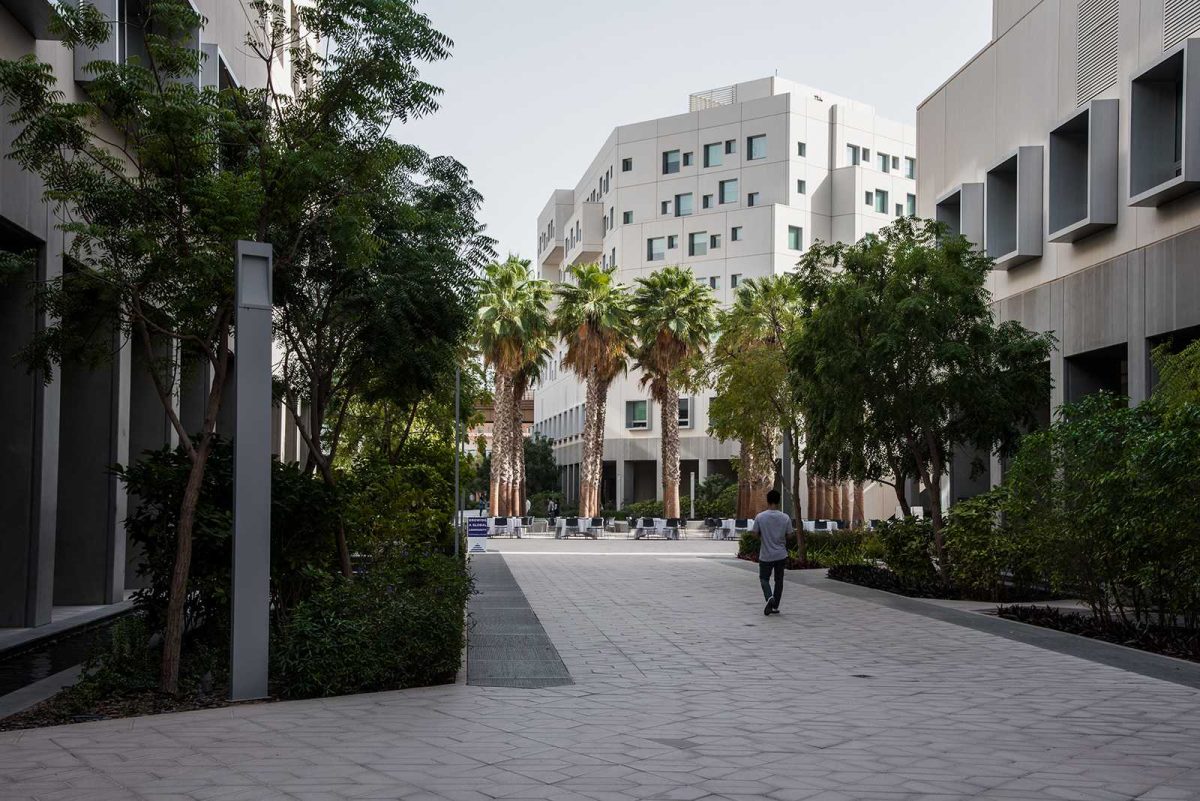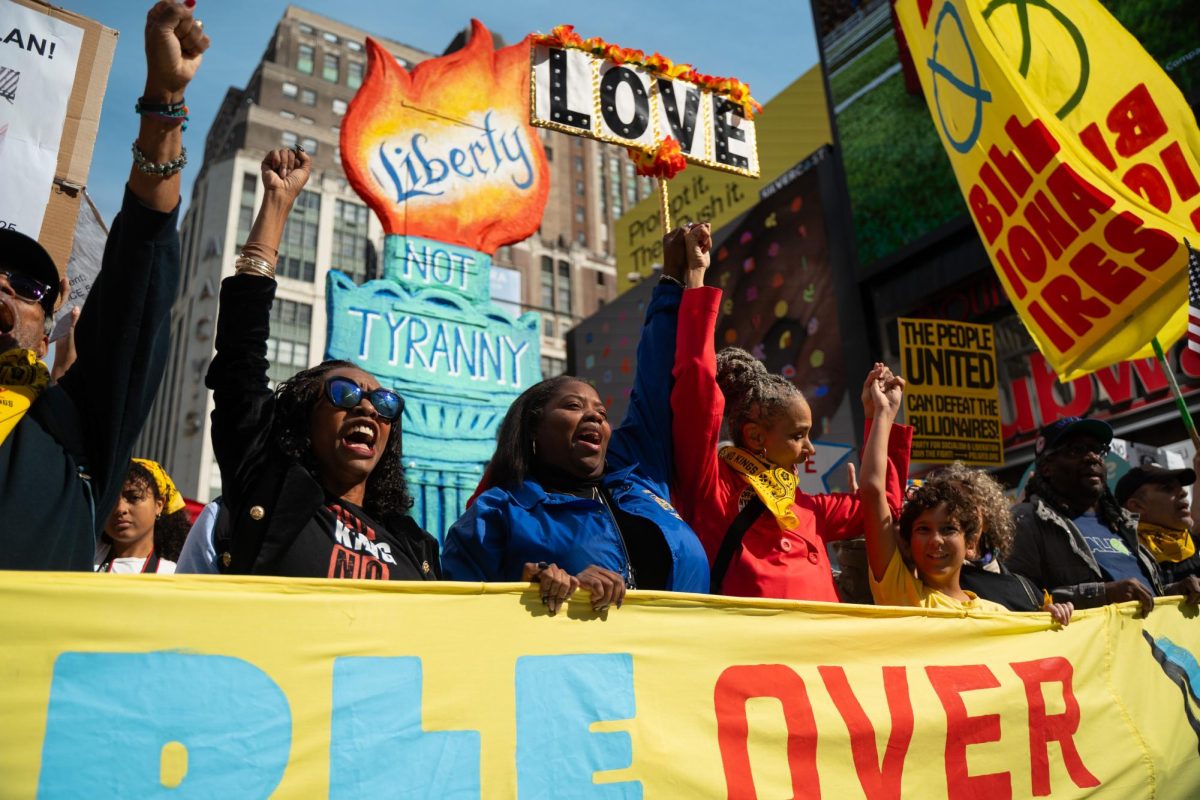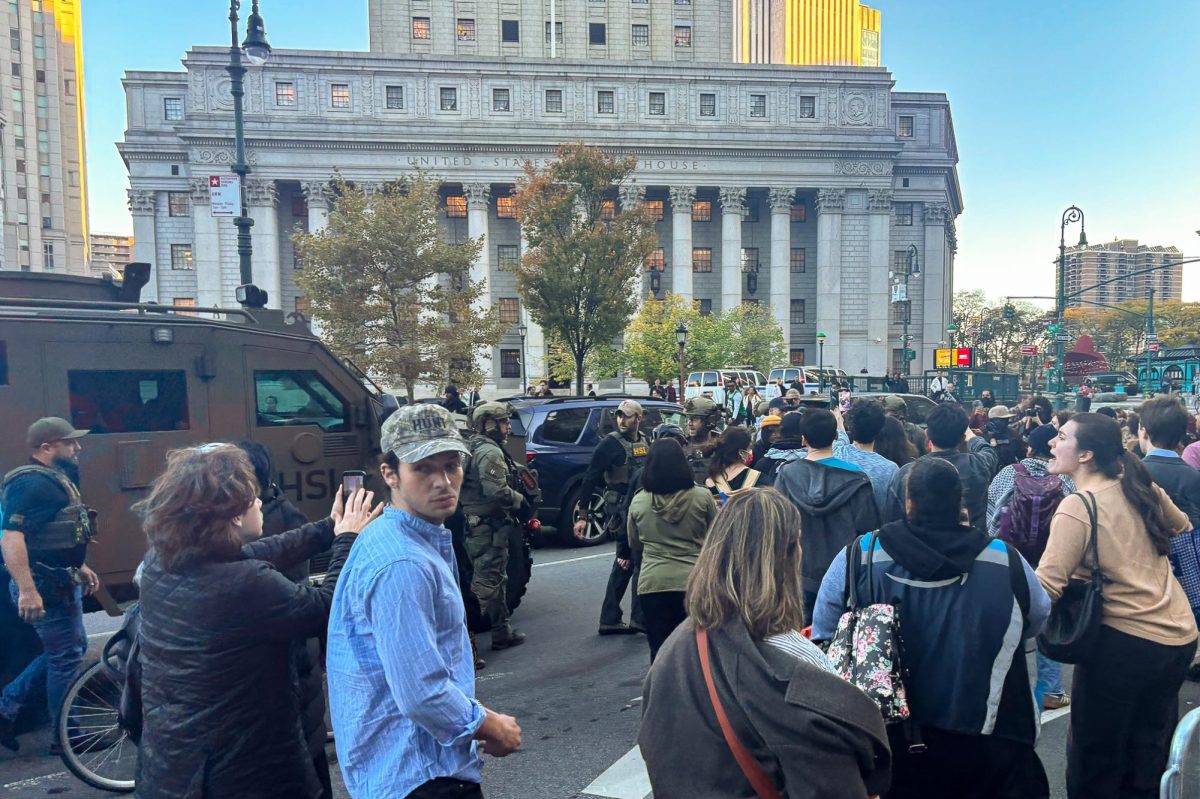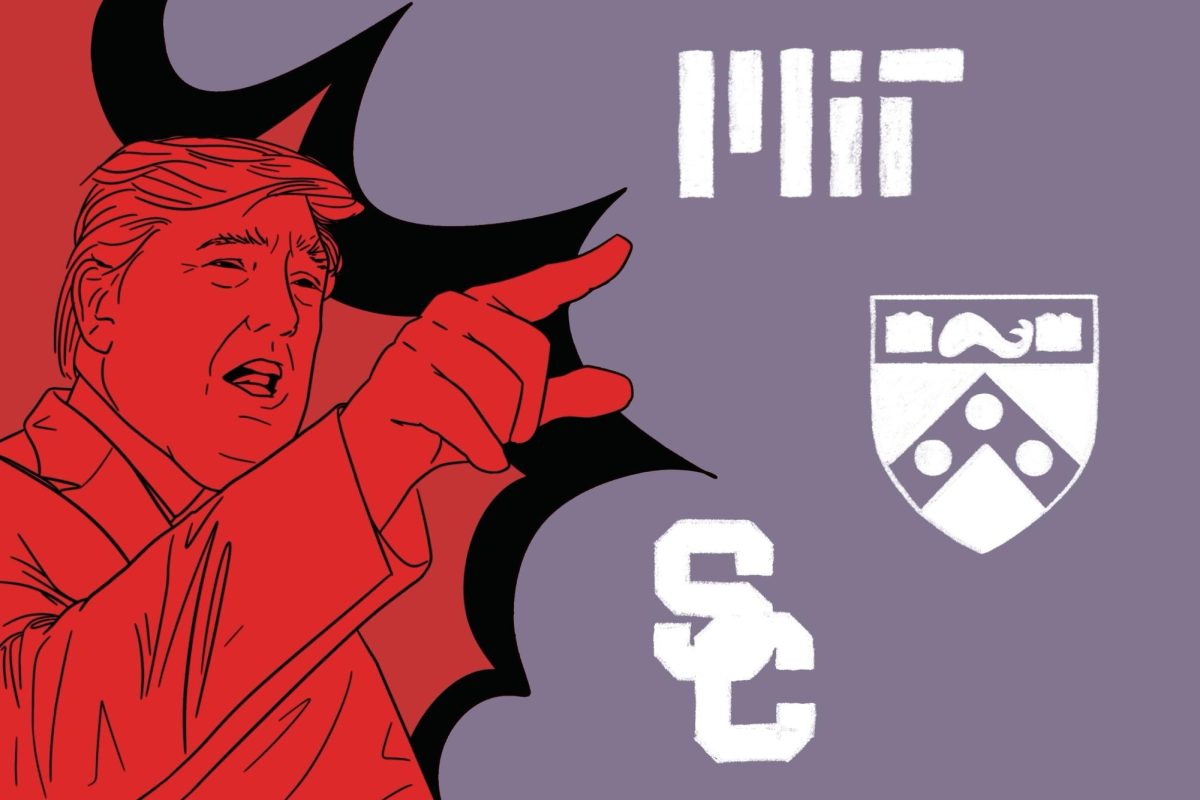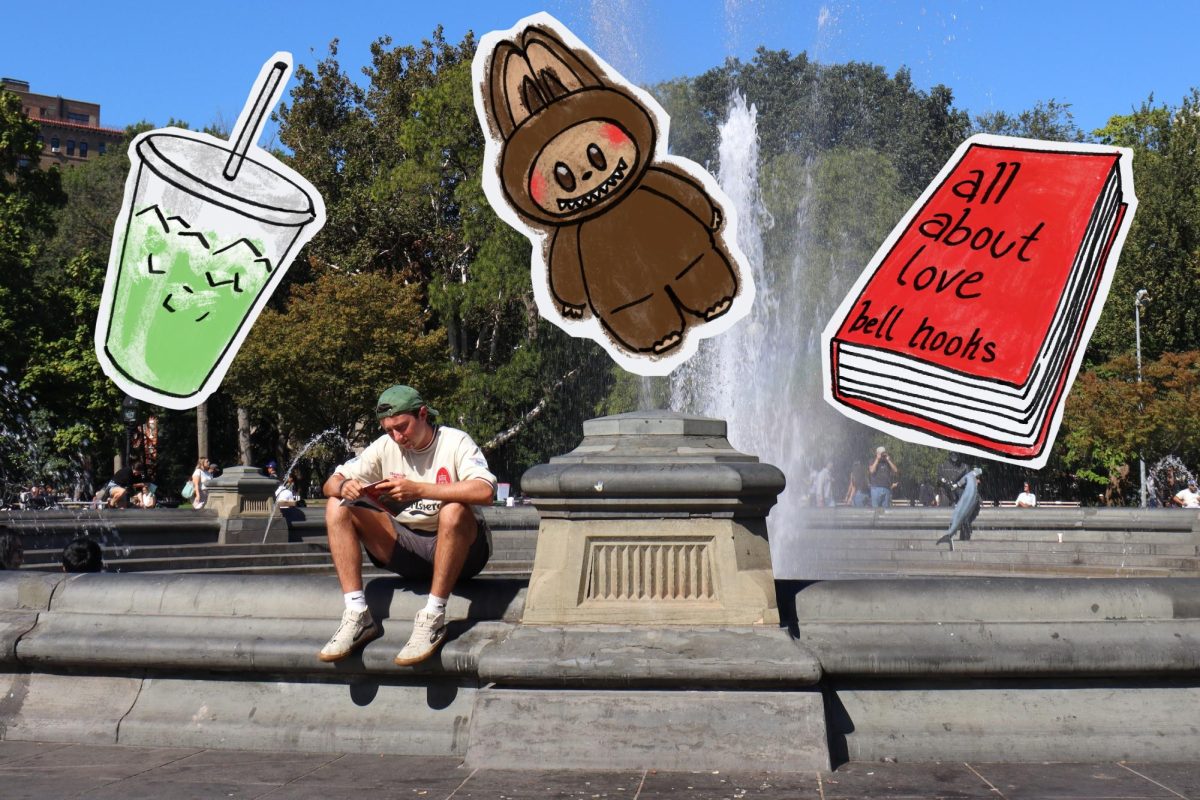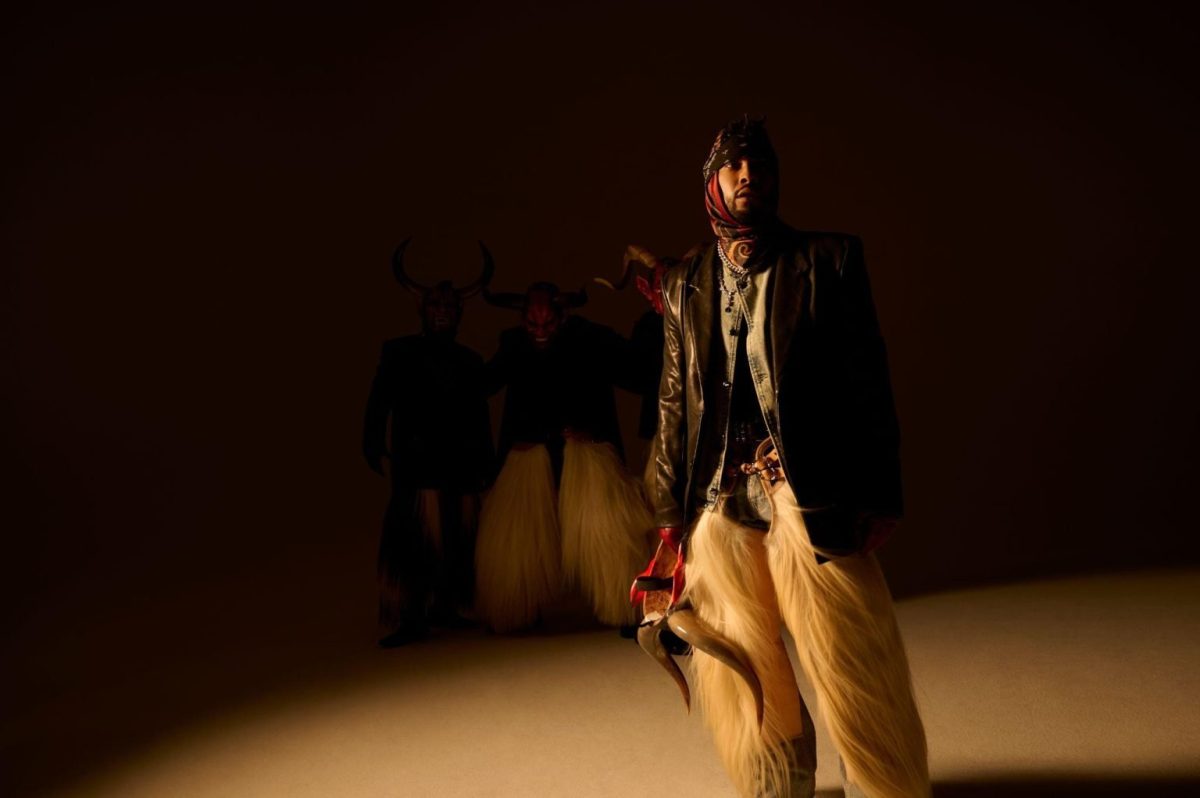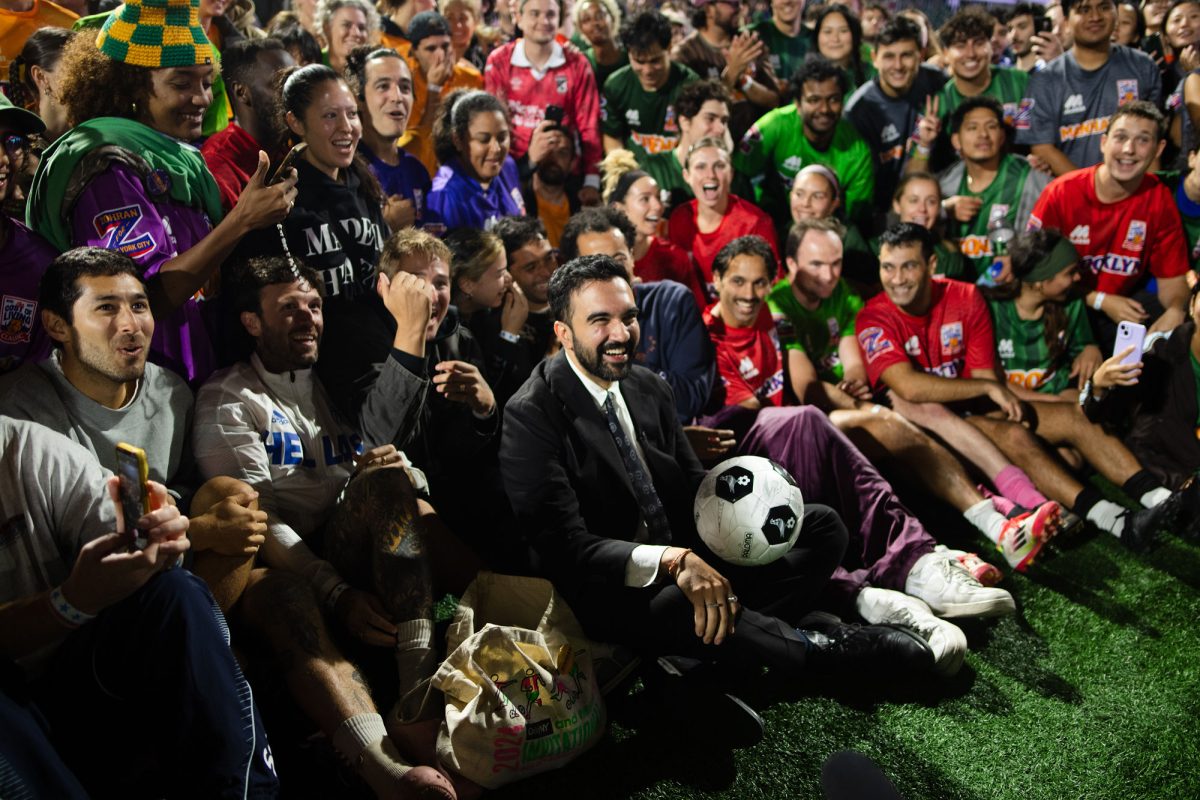Some call this the golden age for Asian culture. We’re taking the world by storm, from the box-office hit “Crazy Rich Asians” to the BTS poster in your little sister’s room. South Korea beat Germany in the group stages of the World Cup and mukbang was in the embarrassment we call the 2018 YouTube Rewind. So one might think that my cultural pride must be sky high right now. It’s not.
As a matter of fact, I’m here to argue that this pride has been dying out over the course of the past few decades. This Asian-American identity that people have been discussing doesn’t really exist — at least not in the way that you might think.
It’s no new concept that white is the color of success. Nearly all of my childhood heroes were white, with the exception of Park Ji-Sung and Ryan Higa. Every TV show and cartoon I watched had white characters and every protagonist of every book I read was white. But even now that we see greater representation in the media, it is not helping to define a cultural identity.
Asian Americans have been labeled the model minority for a long time. But if we’re the model, why are we constantly trying to assimilate?
Setting an example would require that Asian Americans hold onto their cultural identity. But for too many years, we’ve operated under the notion that it is a natural progression for Asian Americans to adopt traditions and traits typical of white people. It is the desire to become successful (read: white) that drives Asian Americans to gradually discard whatever makes us alien, whether it be the language barriers our parents face or ethnic cuisine with any degree of authenticity beyond Panda Express. As minorities, this distinctiveness is something we need to preserve and embrace; doing so may be the only legitimate way to overcome the prejudices associated with skin color. In an effort to assimilate, it is almost as if Asian-Americans have tried to negate their minority status. But we shouldn’t be trying to assimilate — there is more value in trying to define ourselves.
It isn’t enough to just drop the cultural differences — even our physical appearances must manifest this desire to assimilate. The Asian American can never be a white American, no matter how blond he dyes his hair or how much makeup she wears. Beauty standards in countries like South Korea idolize Western conventions, which explains the popularity of plastic surgery — men and women alike seek double-eyelid and rhinoplasty procedures in attempts to look more European.
Talking about this sort of thing is tough — no one wants to admit that they’re part of such a toxic environment. I’m not immune to this criticism — in fact, I’m an example of this seeming loss of identity. I don’t speak Korean despite both of my parents being immigrants from the country, and I’ve never bothered to involve myself in Asian affinity groups despite getting constant emails from the Korean Students Association and others. But I understand that it is part of a cycle that will continue until we decide to stop adhering to the rules of another race.
The imitation of white culture that Asian Americans call their identity is embarrassing — and it only gets worse with every generation. We will always play second fiddle if we keep playing in someone else’s orchestra.
Opinions expressed on the editorial pages are not necessarily those of WSN, and our publication of opinions is not an endorsement of them.
A version of this article appeared in the Monday, Feb. 4 print edition. Email Ryan Moon at [email protected].

